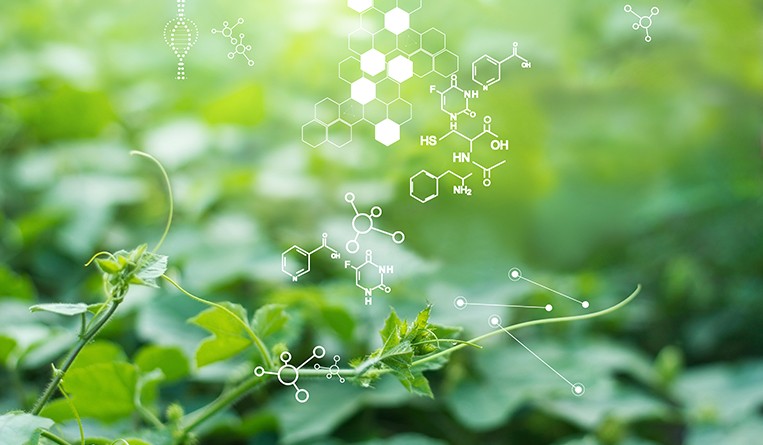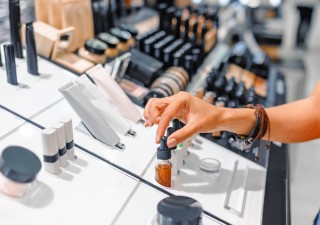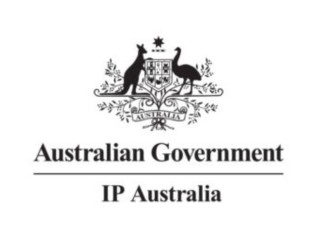Piracy of traditional knowledge: urgent need for equitable solutions
29 February 2024

Piracy of traditional knowledge: urgent need for equitable solutions
We all identify with our heritage, homes, cultures and traditions. None of us would be happy to see the same misappropriated or exploited by another, lest we lose our identity or claim to what makes us unique.
Traditional knowledge (TK) represents the know-how, skills and practices developed, sustained and passed on from generation to generation within a community. Still, unlike most other forms of intangible cultural heritage, such as rituals and spiritual beliefs, TK can clash damagingly with modern legal systems, finding itself at loggerheads with national Intellectual Property (IP) frameworks.
Nature’s bounty
TK is commonly associated with using diverse plants as home remedies and for various medicinal applications. However, in Southern Africa, different plants also have deeply entrenched spiritual significance, for example, protecting homesteads against lightning and witchcraft. In the community’s eyes, using and exploiting such knowledge without asking, not even getting to the issue of offering payment, is tantamount to theft.
Whether termed as theft or biopiracy, it ultimately refers to the same thing – the exploitation of an indigenous group, usually by a multinational corporation that utilizes local practices as a basis to conduct research into the pharmaceutical properties of a plant. Subsequently, they secure patent protection for a drug derived from this research, which then garners billions in revenue.
The indigenous community would likely have never conducted the pharmaceutical research, development and clinical trials necessary to launch a market-ready drug. Nevertheless, the issue is one of equity. The traditional use of the plant may have initially guided the research in the right direction, resulting in the development of a successful drug with an identified active pharmaceutical ingredient (API).
Cooperation and compromise
Many countries have acknowledged that there is a need for the protection of TK and adequate benefit sharing while also recognizing that the defense of TK does not have to exclude patentability.
There are many examples of TK from all over the world and how it has been used in developing pharmaceutical products. To cite just a few:
- The Central African people of Gabon and Cameroon have used the brazzein berry for generations to help wean infants by letting them “forget” their mothers’ milk (presumably due to the sweetness of the berries). A U.S. university isolated and reproduced the protein in these berries and was granted three U.S. patents and a European patent, the protein finding extensive application as an artificial sweetener. Since then, there has been no benefit sharing with the indigenous community for this TK. The knock-on effect has been an economic one, causing many local women who drew an income harvesting the berries to lose their jobs.
- In India, the TK of the Kani tribe was used to assist the development of Jeevani, a medicament to alleviate stress and fatigue. Fortunately, India’s patent laws provide protection to indigenous communities. They ensure a benefit-sharing system between the patent holder and the local population achieved through a trust vehicle, which effectively allows the community to share in the profits.
- In South Africa, generations of San people have used the plant Hoodia gordonii on hunting trips to suppress hunger and thirst and boost their energy. This appetite suppressant quality would become of huge interest to a pharmaceutical company, which went on to isolate the API and commercialize it as a drug. In contrast to the brazzein precedent, hoodia was a landmark case for benefit sharing in South Africa, with money held in trust for various San organizations.
These examples illustrate that there have been wins and losses in the fight for benefit sharing and the protection of indigenous communities. Yet, there is still another concern: Where the TK indicates a certain medical use, how can that medical indication be patentable in so much as it meets the basic substantive requirements for patentability, namely, novelty and inventive step?
A place for opposition
This question is less of a concern where mainstream APIs are protected, given that patents applied for by pharmaceutical companies are never directed to the naturally occurring compounds or extracts from the plants. Instead, the development conducted by these companies is geared toward the extraction, purification or artificial production of proteins and the creation of medicaments (including the testing and formulation of the same). Together with carefully crafted patent claims, it is foreseeable that the bar for patentability should be met in such instances, albeit with the possibility that TK may have hinted at a medicinal use.
What happens, though, in the instance of pure natural extracts where the plant’s medicinal use is identified by TK? This was looked at in the “pelargonium cases.” Pelargonium, also called the African geranium, has long been known in South Africa for its potent medicinal properties in treating respiratory illnesses. In this example, issues were raised regarding both biopiracy and the absence of a benefit-sharing agreement between a European pharmaceutical company and the indigenous community.
The company had created a remedy for respiratory diseases and other medications without negotiating with the community. There were also doubts about the originality of the treatment as it used pelargonium, which suggested a possible lack of inventiveness on the part of the company. The European Patent Office (EPO) allowed for revocation on the basis of a lack of inventive step, thereby proving a direct interplay between TK and the patent process.
Work still to be done
The TK invalidated the patent, yet one must wonder if this was a true victory. With the TK appropriated and the chance for a benefit-sharing arrangement lost, the community found itself no better off. Whilst IP can serve indigenous peoples and benefit them in a virtuous environment, it would, unfortunately, seem as though pirates are still all too common.
In the absence of regulatory oversight, it is up to drug manufacturers and legal practitioners to wield the patenting system not as a cudgel against local communities nor as a barrier but as a tool to unite the traditional and the modern worlds in a spirit of fairness and mutual betterment.







